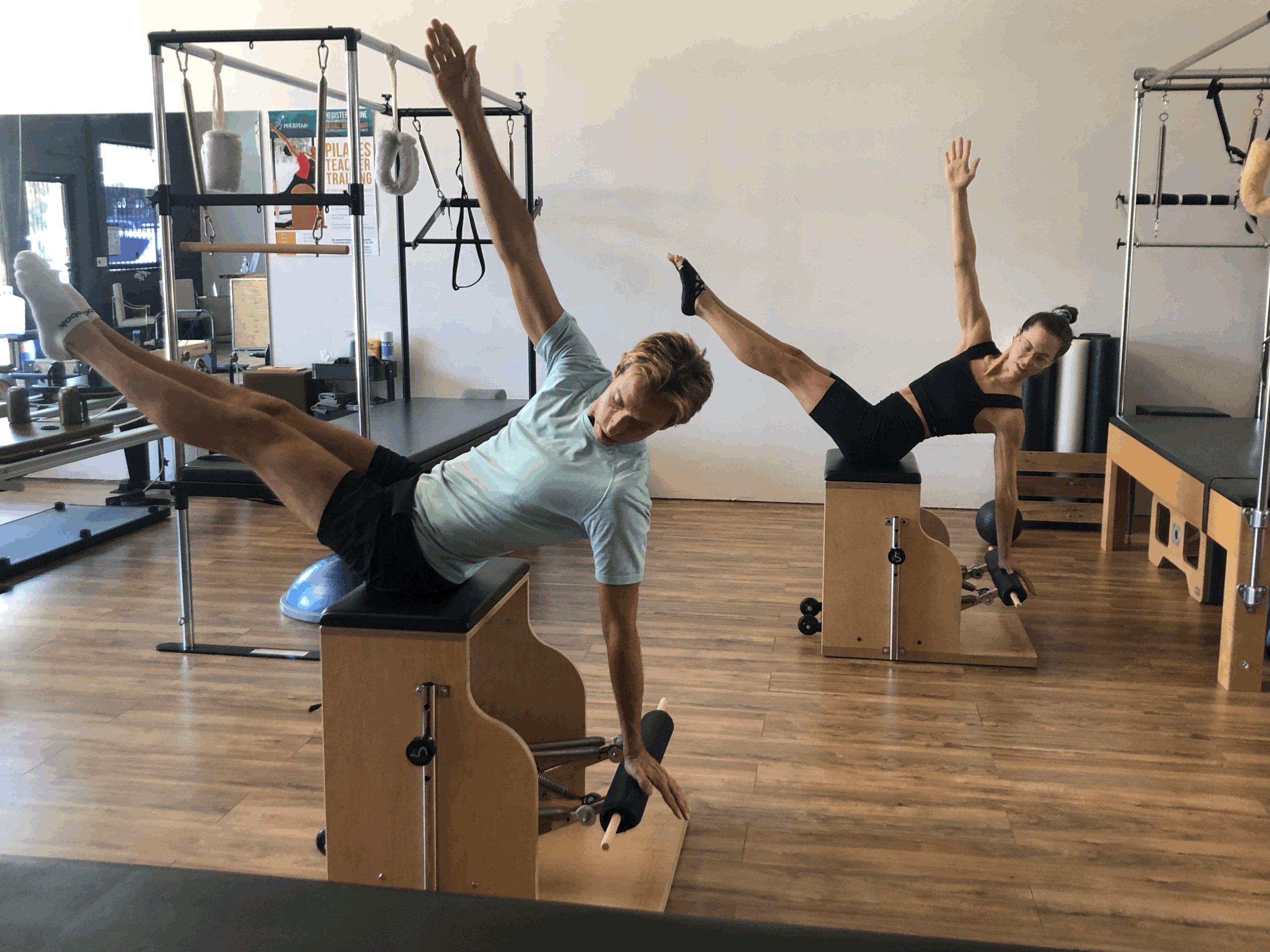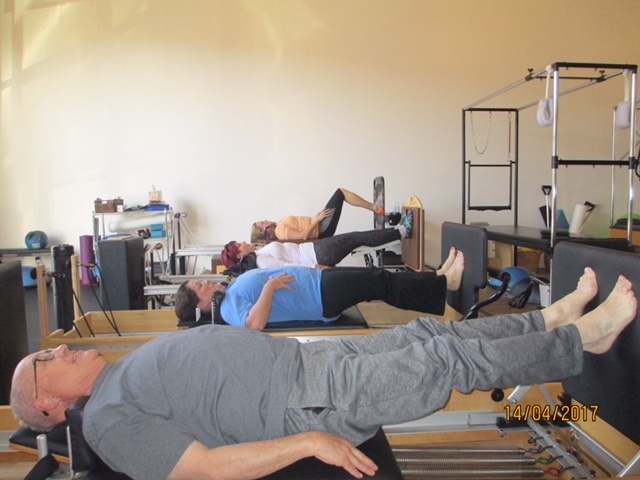Aging in place refers to living independently in your own home rather than in an assisted living or retirement home in old age.
As many as 75 percent of older adults plan to live out the remainder of their years in their own home. Instead of uprooting your life and moving to an unfamiliar nursing home, you can support your physical needs by making accessibility changes to your own house.
Here's how to plan for aging at home as safely and gracefully as possible.
Ask Yourself if Aging in Place is Realistic
Even though home modifications allow many people to safely age at home, it's still not for everyone. For people who need daily nurse assistance or those with fluctuating health conditions, aging in place may not be the best option. You still need to be able to move about your home, even if you're in a wheelchair or require a walker. Preparing food, washing, and keeping your home tidy are all requirements for aging in place. You'll also need to travel into town to run errands and attend doctors appointments. If you cannot drive, you will need to find alternate transportation such as public buses or help from family.
Reduce the Risk of Injuries Outside
Did you know that falls are the leading cause of injury for older Americans? Luckily, low-cost home modifications have been shown to significantly reduce injury from falls. First, start by making repairs to your walkways and stairs outside your home. Keep paths clear of debris and install adequate outdoor lighting. This also means keeping vegetation trimmed so it doesn't intrude onto pathways. Handrails on your stairs and steps can help you enter your home safely. If you're in a wheelchair or walker, you may want to replace your stairs entirely with a ramp.
Keep Indoor Living Spaces Safe
Moving indoors, get rid of hazardous throw rugs that can bunch or slide on hard floors. Instead, replace them with non-skid mats that are securely fastened to your floor. Make sure your indoor staircases are well-lit and have railings. It can even be helpful to add brightly colored tape to stairs so they're easy to see. Clean up clutter from the floor so nothing is sitting in the way of walkways or staircases. Everyday Health recommends wearing shoes or non-slip socks in the house to reduce your slipping risk.
Fall-Proof Your Bathroom
The threat of accidents in the bathroom can be a major cause of concern for seniors and their family members. According to Independent Home, many falls happen when people get in and out of the bathtub or shower. To avoid this, place non-slip mats in your shower and on the floor outside it. Putting a sturdy chair directly in the shower can also be helpful. Grab bars and handrails in the bathroom provide extra support when using the toilet or bathtub and save you from a fall if you do happen to slip. Liquid soap and shampoo dispensers can be mounted on your shower wall so you don't have to reach for these items. Also, consider installing a night light in your bathroom so you don't risk falls at night when you get up to use the toilet.
Consider Moving to an Accessible Home
If you’re unable to make your required home modifications for any reason, consider moving to an accessible house. Accessible homes in Pasadena, California, typically sell for $950,000. These homes usually include a step-free entrance, wide door frames, step-free showers and bathtubs, non-slip bathroom floors, and grab bars. If you're in a wheelchair, look for tiled or timber flooring that is easier to roll over. Make a checklist of everything you need in an accessible home before starting your search. Then, use online filters to search for accessible homes for sale in your area.
Of course, keeping yourself in good physical health will make aging in place much easier to accomplish. This includes getting regular exercise, eating a healthy diet, and minimizing stress.
If you're worried about aging in your home alone, remote monitoring systems and fall alerts can notify family members if you ever need help.
Just remember, many people have successfully aged at home, and you can too!
For additional information contact:
Kent Elliott
https://athomeaging.info/my-book/
info@athomeaging.info
75 percent - https://www.ncoa.org/news/resources-for-reporters/usoa-survey/2015-results/
aging in place - https://www.simplyss.com/blog/aging-in-place-a-seniors-guide/
cause of injury - https://www.bmj.com/content/354/bmj.i5190
making repairs - https://www.alliancehhcare.com/resources/modifying-home-fall-prevention/?doing_wp_cron=1530795073.7342660427093505859375
Everyday health - https://www.everydayhealth.com/longevity/future-planning/prevent-falls-at-home.aspx
Independent home - https://independenthome.com/six-concrete-and-effective-ways-to-accident-proof-your-bathroom/
















